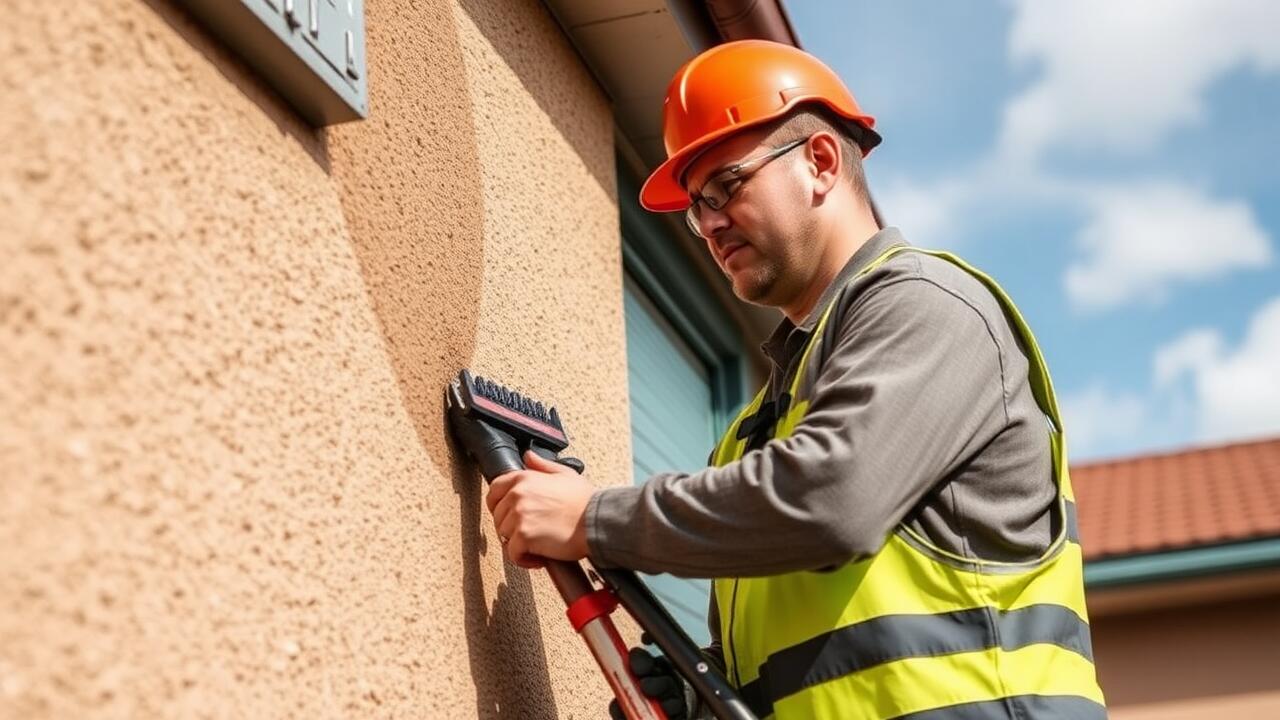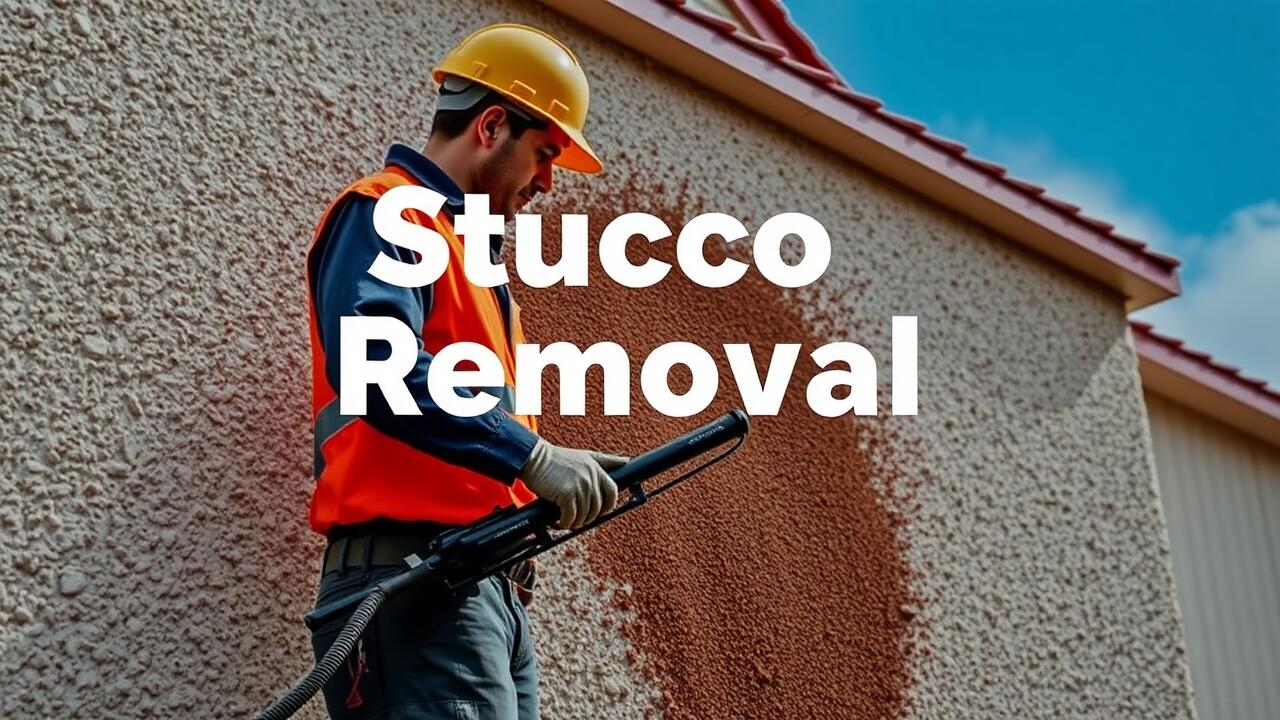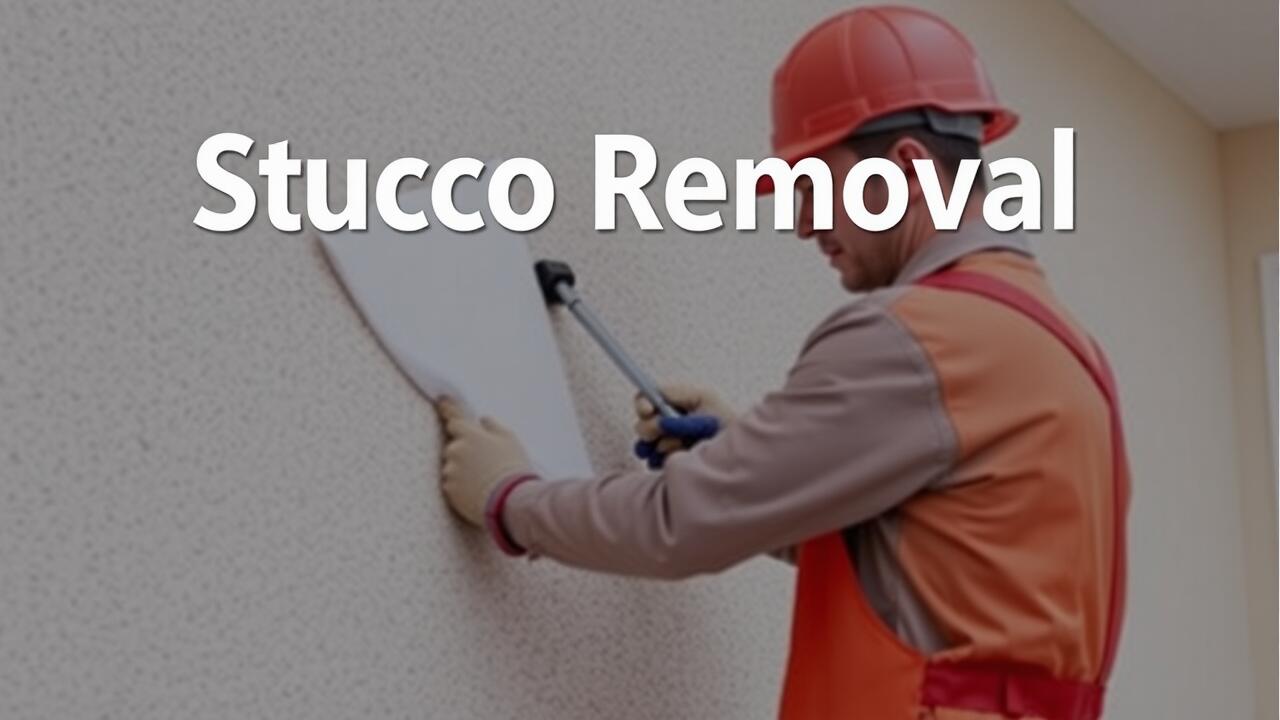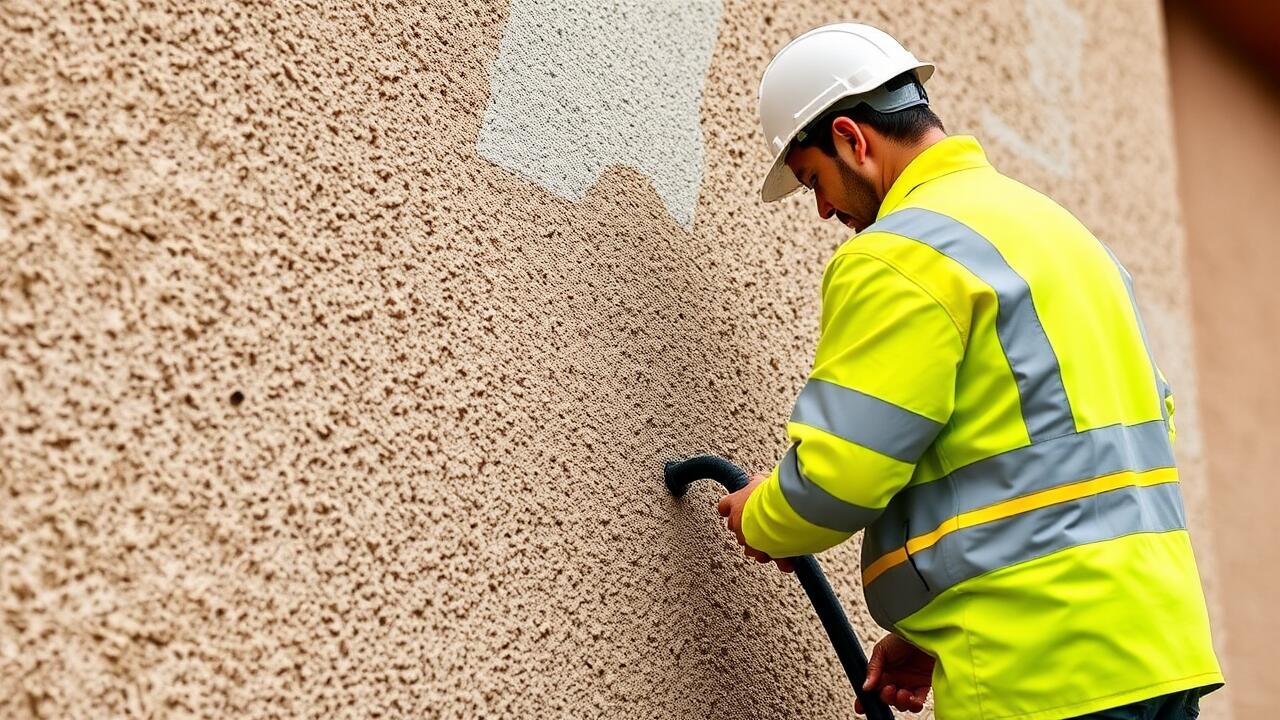
Techniques for Effective Stucco Removal
Using a heat gun for stucco removal requires a careful approach to ensure effectiveness while minimizing damage to the underlying surface. Start by setting the heat gun to a moderate temperature. This helps soften the stucco without scorching the substrate beneath. Gradually move the heat gun over small sections, keeping it a few inches away to avoid unnecessary heat buildup. Use a putty knife or scraper to gently lift the stucco once it begins to bubble and soften. Be mindful of your environment, especially when working on older homes in areas like Highland Park, Los Angeles, where materials may contain lead or other hazardous substances.
Preparation is key before tackling stucco removal. Ensure the area is clear of debris and obstacles. Wear appropriate protective gear, including gloves and eye protection. This is particularly important in Highland Park, Los Angeles, where stucco may be adhered tightly due to age and weather conditions. Proper ventilation helps dissipate any fumes released during the heating process. Additionally, working during cooler times of the day can provide a better experience. Taking these precautions can ease the removal process, making it more manageable and efficient.
Best Practices for Using a Heat Gun
When using a heat gun for stucco removal, it is essential to maintain a consistent distance between the gun and the surface. This distance usually ranges from 6 to 12 inches, depending on the model of the heat gun and the specific materials being heated. A closer proximity may cause the stucco to scorch, while being too far can lead to ineffective removal. Additionally, work in small sections to allow for even heating, which facilitates easier scraping of the stucco.
Safety precautions are paramount when operating a heat gun. Always wear protective gloves and goggles to guard against burns and flying debris. Ensure the workspace is well-ventilated to avoid inhaling any toxic fumes released during the removal process. Proper preparation is crucial, especially in renovations around Highland Park, Los Angeles. With careful handling and attention to detail, using a heat gun can become an efficient method for stucco removal.
Common Challenges During Removal
Removing stucco can present several challenges, particularly when using a heat gun. One common issue is that the heat may not penetrate evenly, leaving some areas stubbornly adhered to the underlying surface. This can lead to frustration and may require multiple passes, increasing both time and effort. Additionally, if the heat is applied for too long, there is a risk of damaging the substrate beneath the stucco, compromising its integrity. Homeowners in regions like Highland Park, Los Angeles, often encounter these problems, making careful application critical.
Another challenge involves the potential for hazardous fumes and debris during the removal process. Old stucco may contain materials such as asbestos, which can pose health risks when disturbed. This is particularly relevant in older homes found in areas like Highland Park, Los Angeles. Proper ventilation becomes essential, and protective equipment is a must to safeguard against inhalation or contact with harmful particles. Being aware of these challenges can help individuals prepare adequately for a successful stucco removal project.
Troubleshooting Issues You May Encounter
When using a heat gun for stucco removal, you may encounter challenges like uneven heating or difficulty in peeling off the material. If the heat is insufficient, the stucco may not soften adequately, making it tough to remove. In such cases, ensure that you adjust the temperature settings on your heat gun. Moving the gun slowly along the surface will promote even heat distribution. If the stucco still resists removal, consider allowing additional time for the heat to penetrate, or even using a chisel for stubborn areas.
In Highland Park, Los Angeles Stucco Removal projects, you might face issues like cracking or damaging the underlying surface. This can happen if the heat gun is held too close or if excessive heat is applied. To mitigate this, maintain a safe distance between the heat source and the stucco. Regularly check the surface for signs of distress and remove heat immediately if issues are detected. Patience and careful monitoring are key to ensuring a successful and damage-free stucco removal process.
Cleaning Up After Removal
After successfully removing stucco, the cleanup process plays a crucial role in restoring your workspace. Begin by collecting all loose debris and broken pieces of stucco. A shop vacuum can be beneficial for removing lighter dust or smaller particles. Always wear a dust mask and protective eyewear during this process to safeguard against any harmful dust that may be stirred up.
When it comes to disposing of the collected debris, check local regulations regarding construction waste. Many areas allow for construction materials to be disposed of in specific facilities. For those in Highland Park, Los Angeles, stucco removal debris may necessitate special attention when it comes to disposal methods. Utilizing a designated dumpster or consulting with local waste management can ensure that the cleanup is compliant and environmentally responsible.
Proper Disposal of Stucco Debris
Once the stucco has been effectively removed, proper disposal is essential to maintain a safe and clean work environment. It is important to check local regulations regarding construction debris disposal. Many municipalities have specific guidelines on how to handle materials like stucco, including designated drop-off locations or municipal collection days. Understanding these rules ensures compliance and helps avoid potential fines.
When working in areas like Highland Park, Los Angeles, stucco removal can generate a significant amount of debris. Consider renting a dumpster for larger projects to handle the waste efficiently. Recycling options might also be available for some stucco materials, so reaching out to local recycling centers can provide additional avenues for responsible disposal. Keeping the workspace organized and free of debris not only promotes safety but also streamlines the cleanup process.
FAQS
What is the best temperature setting for using a heat gun on stucco?
The ideal temperature setting for using a heat gun on stucco typically ranges from 800 to 1000 degrees Fahrenheit. However, it’s important to adjust the temperature based on the specific type of stucco and the thickness of the layer being removed.
Can I use a heat gun on all types of stucco?
While heat guns are effective for many types of stucco, it's important to check the manufacturer's guidelines. Some stucco finishes may be more sensitive to heat and can be damaged, so always test a small area first.
What safety precautions should I take when using a heat gun?
When using a heat gun, wear appropriate safety gear such as heat-resistant gloves, goggles, and a mask to protect against dust and debris. Additionally, ensure proper ventilation and keep flammable materials away from the work area.
How do I troubleshoot if the stucco is not coming off easily?
If the stucco is not coming off easily, check the heat gun’s temperature setting, and make sure you are moving the gun in a consistent manner. You may also want to allow more time for the heat to penetrate or consider using a scraping tool in conjunction with the heat gun.
What is the best way to dispose of removed stucco debris?
The best way to dispose of removed stucco debris is to check local regulations regarding construction waste disposal. Typically, this involves placing the debris in a sturdy, sealed bag or container and taking it to a designated construction waste site or landfill that accepts such materials.


